Harikoshi Manjyu is a humble yet beloved local dish from Nagano Prefecture, known for its unique texture, savory flavor, and deep ties to rural life in Japan. Often enjoyed as a simple snack by farmers, this buckwheat-based treat carries generations of tradition and warmth. In this article, we’ll explore the charm, history, and enduring appeal of Harikoshi Manju—so read on to discover what makes it such a special part of Japanese food culture.
What is Harikoshi manjyu?

Harikoshi Manjyu is a specialty of the Minamisaku region in Nagano Prefecture. To make buckwheat grilled rice cakes, people mix buckwheat flour with chopped green onions and ginger, season it with miso, knead the mixture into bowls, roll it into balls, and then grill it. Locals baked this by burying it in the ashes of the hearth and then they eat with sesame soy sauce or sweet miso. One theory behind the name suggests that it comes from the tradition of throwing the dough high enough to fly over the beams of the house, catching it in a bowl, and rolling it into a ball.
Etymology
The name “Harikoshi” is thought to reflect this texture, with “hari” suggesting elasticity and “koshi” referring to firmness or resilience—a common way to describe the ideal consistency in Japanese cuisine. Often enjoyed with green tea, Harikoshi Manjū is a beloved local treat and a popular souvenir from the region.
Harikoshi manjyu History
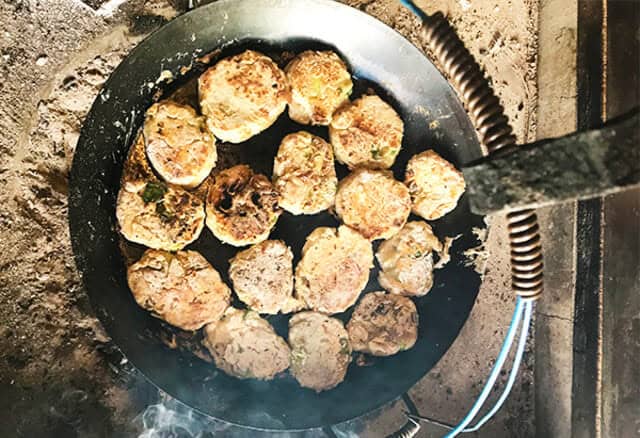
Harikoshi Manju is a traditional local dish from Saku and Komoro areas of Nagano Prefecture. It is particularly cherished in Kawakami Village. For nearly 40 years, Chiyoko Shinohara has been making this dish as a midday snack. She is a local vegetable farmer who prepares it while working on the farm. Locals prepare this dish by kneading buckwheat flour with lukewarm water. They mix in chopped green onions and ginger. They season it with miso and shape the dough in a unique form. Finally, they bake it over a hearth.
This rustic snack has long been a part of the area’s agricultural lifestyle. Recently, Shinohara collaborated with local producers and farm store staff to preserve this culinary tradition. They recreated Harikoshi Manju using traditional methods in a 200-year-old farmhouse. The farmhouse was complete with a hearth and earthen floor. This event honored the food’s historical roots. It also introduced the younger generation to their village’s cultural heritage.
Where can you get Harikoshi manjyu?
Confectionery Shop Matsuketsudo (Nagano City) 菓子処 松月堂
A long-established Japanese sweet shop located in front of Nagano Station. Its popular specialty, “Harikoshi Manju,” can be purchased freshly baked in-store and is a beloved local treat that’s been cherished for years. While preserving traditional methods, the shop also offers a wide variety of seasonal Japanese sweets. These confections are also popular as souvenirs and gifts.
Obuseido (小布施堂)
A renowned sweet shop representing Obuse Town, famous for its chestnut confections. The shop offers traditional chestnut sweets like “Kurikashino” and “Kurumushi Anman,” all made generously with locally grown chestnuts. It’s also popular as a tourist destination where visitors can enjoy seasonal limited-time products and a cafe area within the shop.
Where you can it ?
Mori no Eki Marche Kawakami – 森の駅マルシェかわかみ
This is a farmers’ market directly managed by Kawakami Village and is a valuable place that sells authentic Harikoshi Manju. A workshop was established using a local revitalization grant. Freshly made manju are sold on Saturdays, Sundays, and holidays, while frozen ones are available daily. Mail-order services are also available, allowing purchases from afar.
Harikoshi-tei (Inside Nakadanaso) – はりこし亭
Located in Komoro City, this restaurant is housed in a relocated traditional Japanese house from the Edo period and is designated as a national Registered Tangible Cultural Property. It offers Harikoshi Manju on its menu, along with handmade soba noodles and local cuisine. The restaurant was named after “Harikoshi Manju.”
Summary
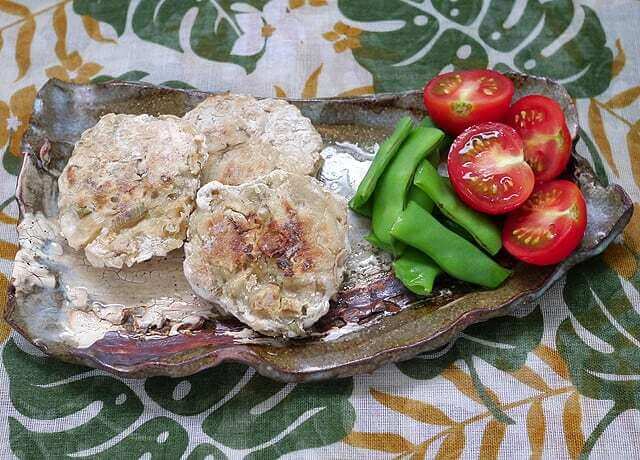
Harikoshi Manju isn’t just a tasty snack. It’s a reflection of Japan’s rich regional traditions and everyday rural life warmth. If you find yourself in Nagano Prefecture, don’t miss this handmade local favorite. This is especially true in the Saku or Komoro areas. We hope this article has deepened your appreciation for Harikoshi Manju. One day, you’ll get to enjoy its comforting flavor for yourself in Japan.
If you enjoy the rustic charm of Harikoshi Manju, be sure to explore other traditional Japanese snacks that offer a taste of local history and culture, like gohei-mochi or nerikiri, which bring their own unique flavors and stories from Japan’s diverse regions.
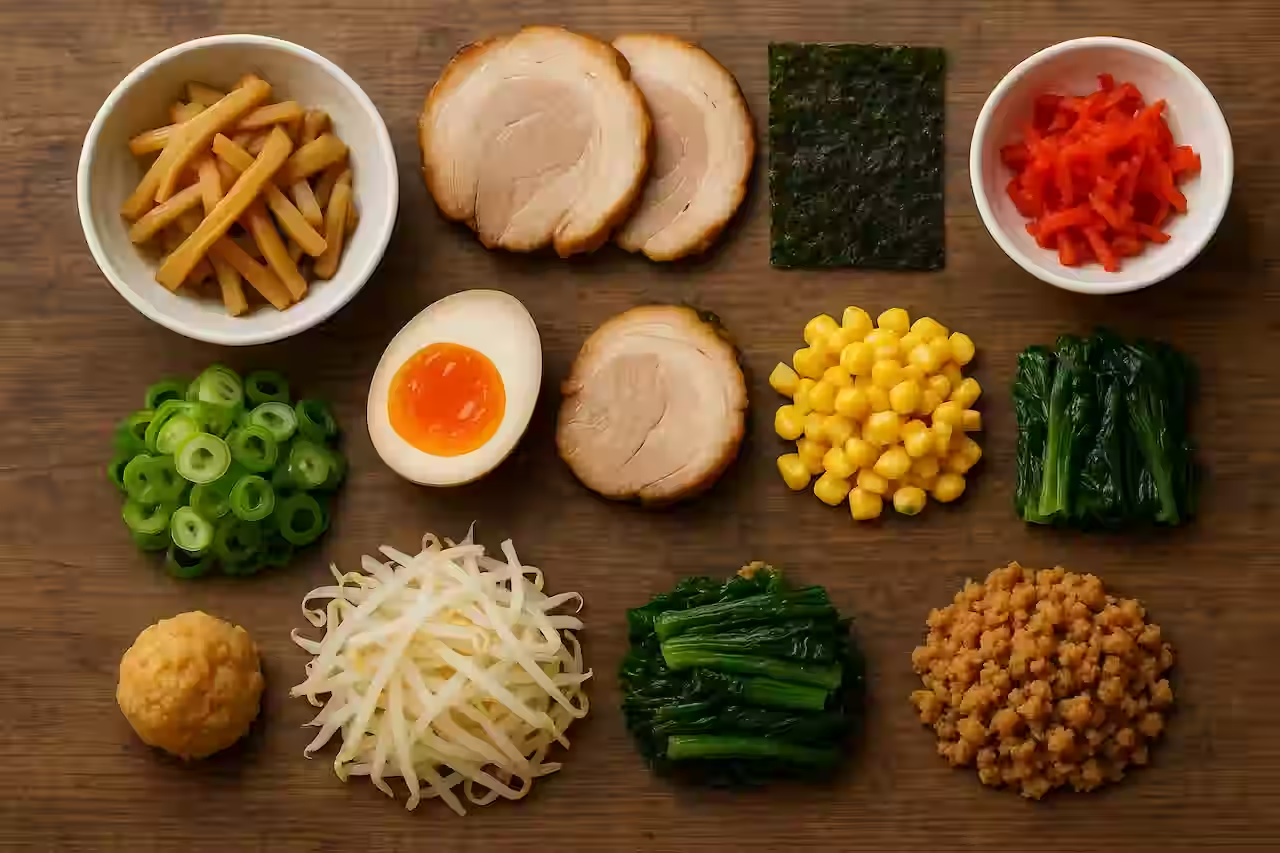
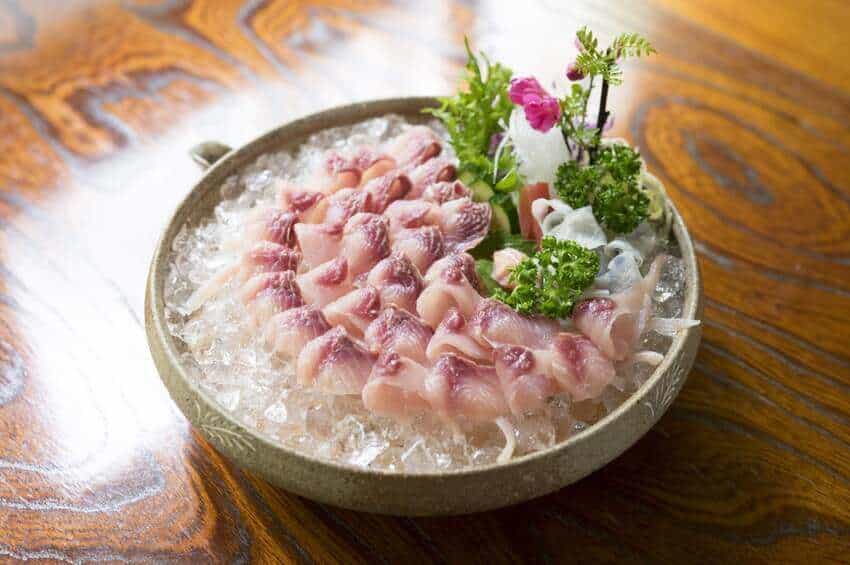
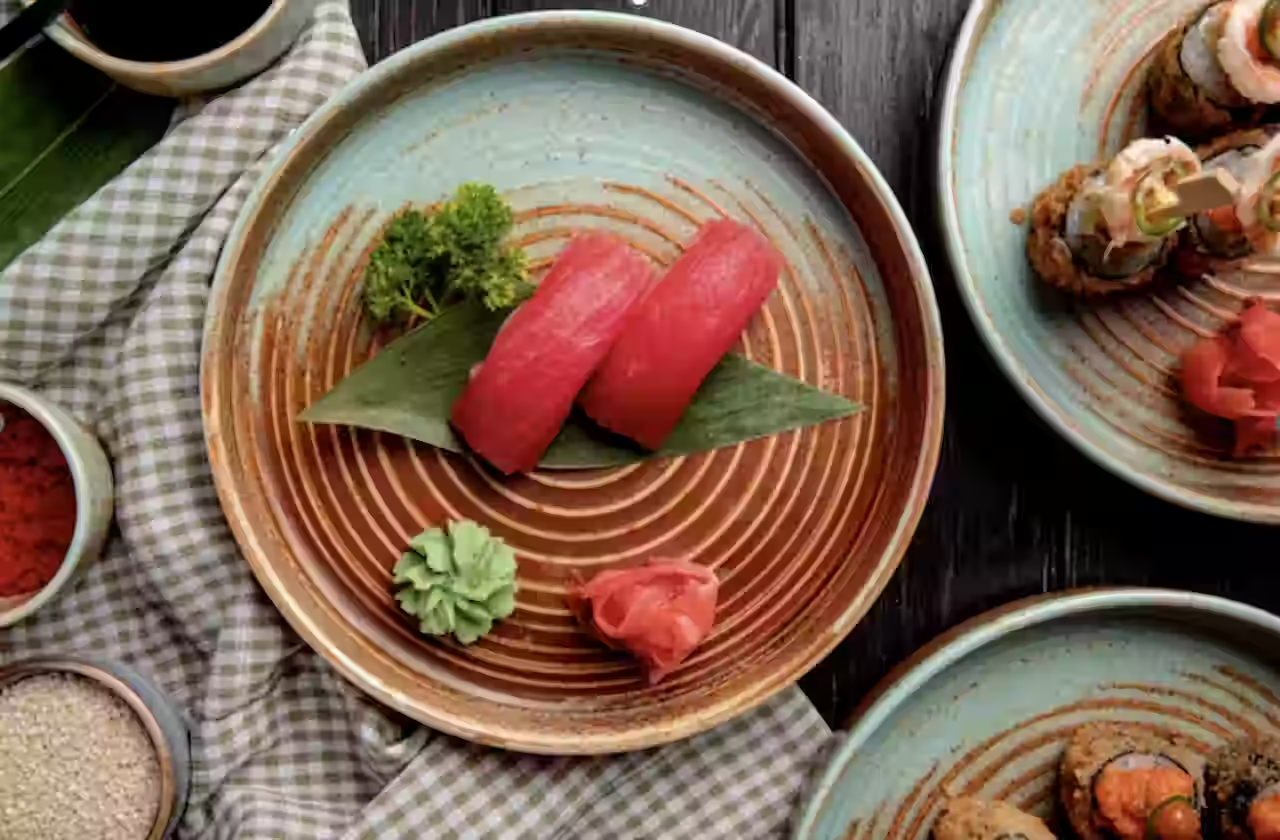
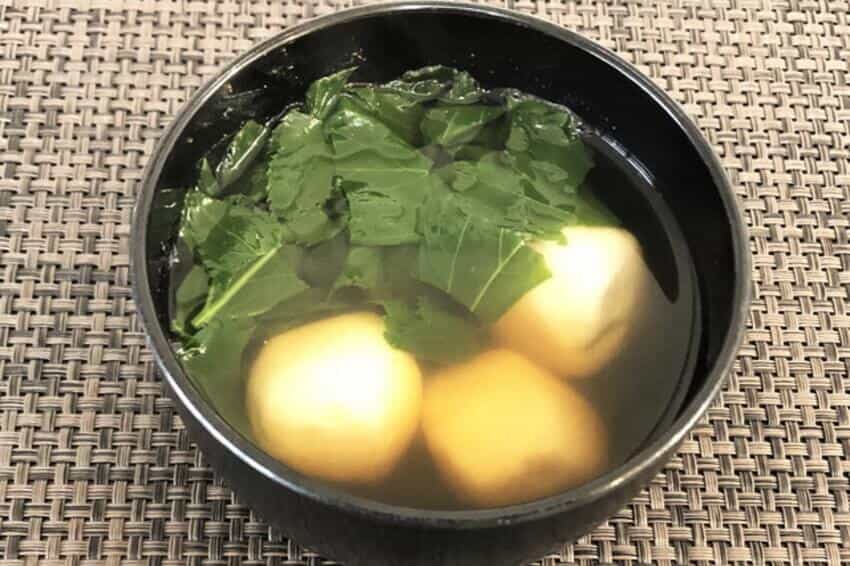
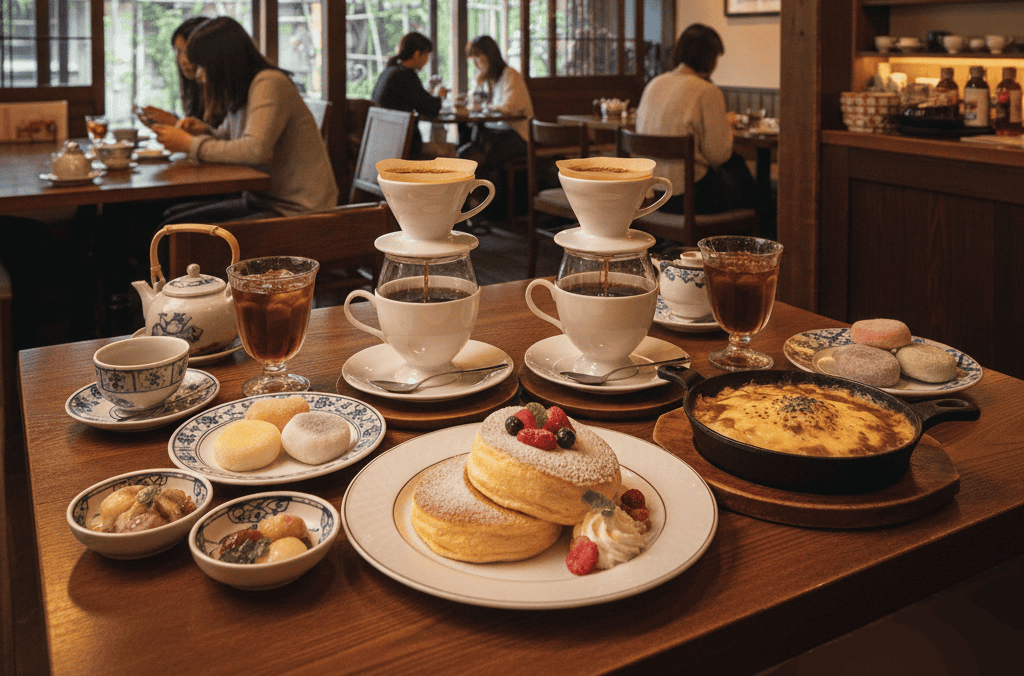

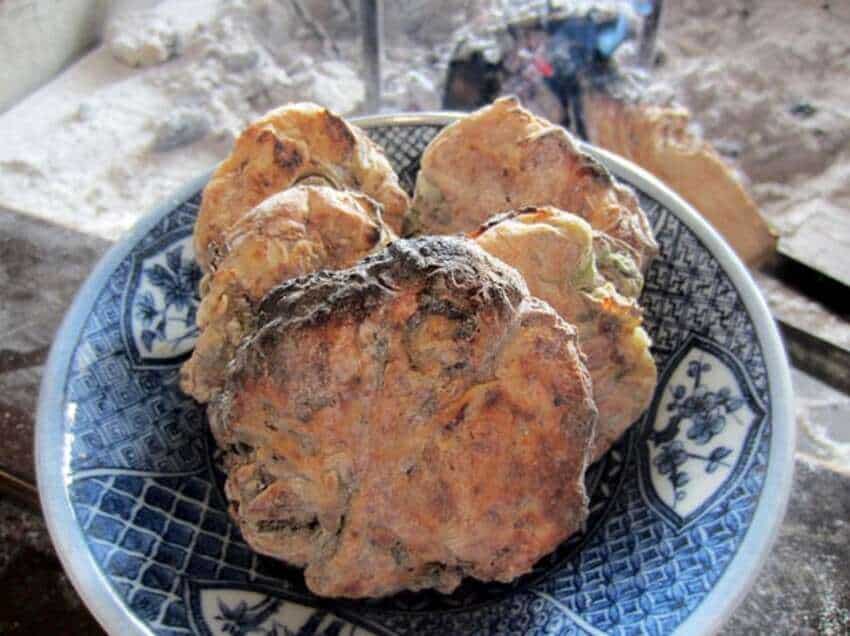
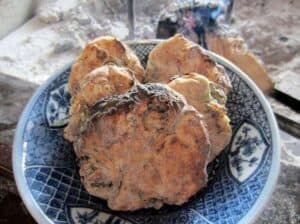
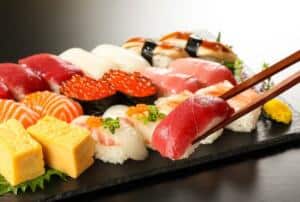
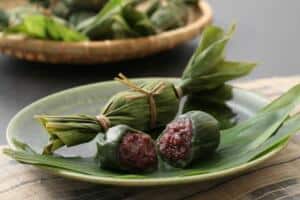
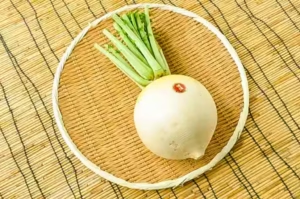
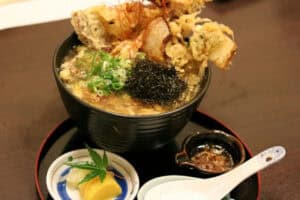
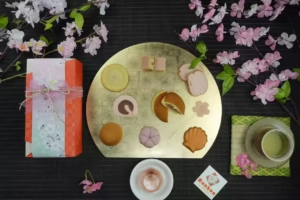
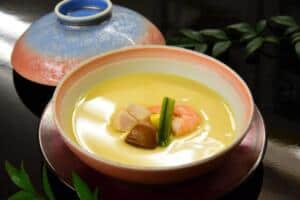
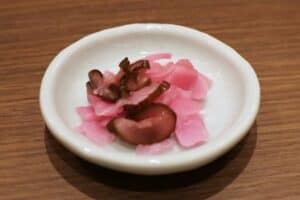

Comments